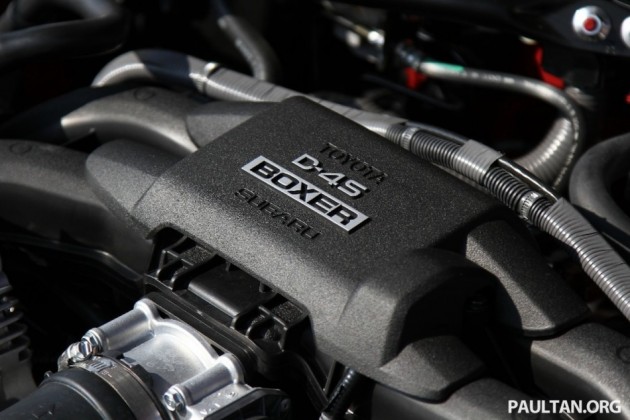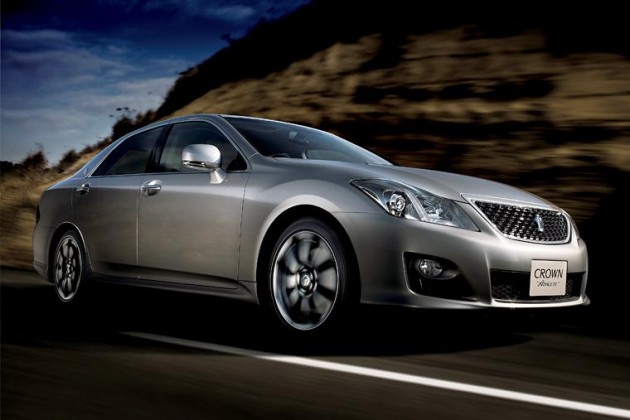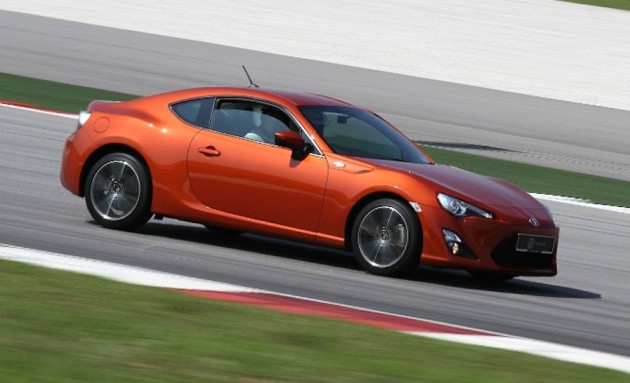You can’t have it all, they say. So it’s not surprising that Toyota, the main proponent of hybrids and the leader in that sector, isn’t as advanced as some rivals in the advancement of the basic petrol engine. Better to focus on one thing you believe in than spread resources thin across the ground, no?
Downsizing, with the aid of direct-injection and forced induction, is commonplace today, led by the Europeans. The success is not surprising as both ends of the scale – performance and efficiency – benefit. Besides premium Germans Audi, BMW and Mercedes, VW, Ford and Peugeot offer such engines in Malaysia.
But better late than never, and Toyota’s latest engine plan overhaul will incorporate the same tricks – there will be a new direct-injection engine, followed by a downsized turbo powerplant for the mass market. The big-T will also push CVT gearboxes in smaller cars. It’s a game of catch-up all right, but it would be foolish to dismiss Toyota outright.
To be more specific, a 2.5 litre direct-injection, Atkinson cycle engine will be on board, to be deployed first in hybrids in 2013. Further down in 2014, there will be a 2.0 litre downsized turbo engine. And as the shift to CVTs happen for small and medium sized cars, there will be more six- and eight-speed automatic transmissions for larger cars.
Starting next year, Toyota will be piggybacking its D-4S direct-injection tech onto its AR family of four-cylinder petrol engines. The first recepient will be a 2.5 litre four-pot for the hybrid version of the JDM Toyota Crown.
“This is the beginning of gasoline direct injection for the four-cylinder engines. Smaller engines will be following this engine. As a trend, this is right. It will be standard,” said Takashi Shimura, GM for engine development.
The DI system is a newly refined version of the Denso-made D-4S injector, which made its debut this year in the new Lexus GS and Toyota 86. It gets better results than the previous injector by using a slit-shaped, instead of a multihole, injector opening, leading to a richer fuel mixture inside the cylinder.
“By 2015, through improvement in the engine and powertrain alone, we aim to achieve a fuel-efficiency improvement of 10-20% on the models adopting the improvements,” said Takeshi Uchiyamada, Toyota’s outgoing product development chief.
Autoweek reports insiders saying that president Akio Toyoda, who wanted to make his company’s cars zippier to drive without sacrificing fuel economy, urged his staff to embrace nonhybrid technologies. Toyoda, a car enthusiast that’s not alien to the race track, seems to be wielding a good kind of influence – the universally-loved 86 wouldn’t have been born without his support.
But don’t expect instant noodles, as Autoweek’s report adds that the rollout won’t happen overnight, and engineers are still debating how widely tech such as DI and turbo should be applied. It’s unlikely that basic models for emerging markets such as ASEAN and India would get the goodies due to cost. Malaysia’s Euro 2 fuel quality doesn’t help our cause either.
Anyway, this game of engine catch-up doesn’t mean that Toyota is abandoning its hybrid push – the plan to introduce 21 new or redesigned hybrid vehicles by the end of 2015 is still on track. The next-gen Prius could even get direct-injection, although cost remains a hurdle on that one – hybrids aren’t very cheap to build as they are.
Now, isn’t competition healthy?
Looking to sell your car? Sell it with Carro.































AI-generated Summary ✨
The comments generally agree that Toyota has been slow to adopt modern technologies such as direct injection, downsizing, and turbocharging, despite being a pioneer in hybrid technology. Many critics highlight that Toyota’s recent turbocharged engines and CVT transmission are behind competitors like Honda, Nissan, and European brands that have already implemented more advanced and efficient systems. There is skepticism about Toyota’s innovation pace, with some calling their latest engine offerings “late” and underwhelming compared to contemporary standards. Nevertheless, there is recognition of Toyota’s reliability, long-standing reputation, and market leadership, especially in fuel efficiency and durability. The overall sentiment is mixed—some praise their efforts to catch-up, while others criticize their delayed technological progress and perceived reluctance to integrate newer tech in Malaysia’s market.